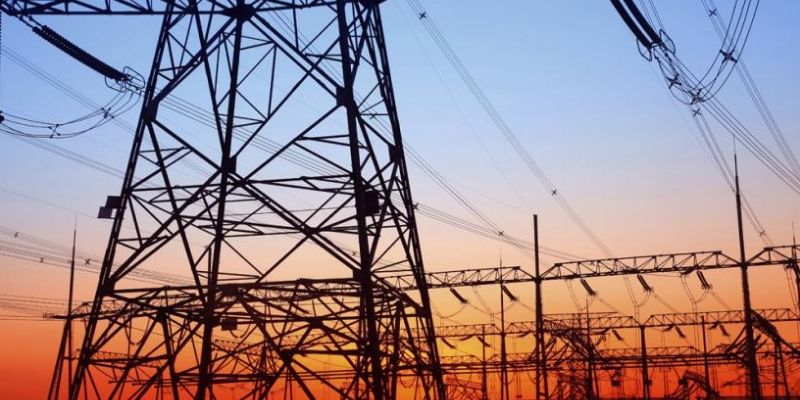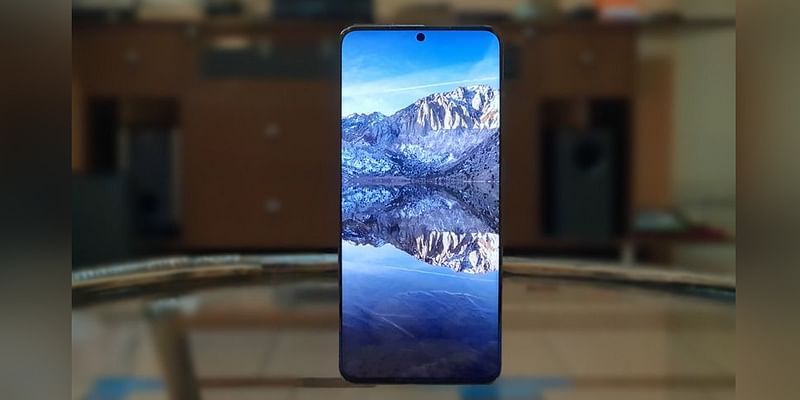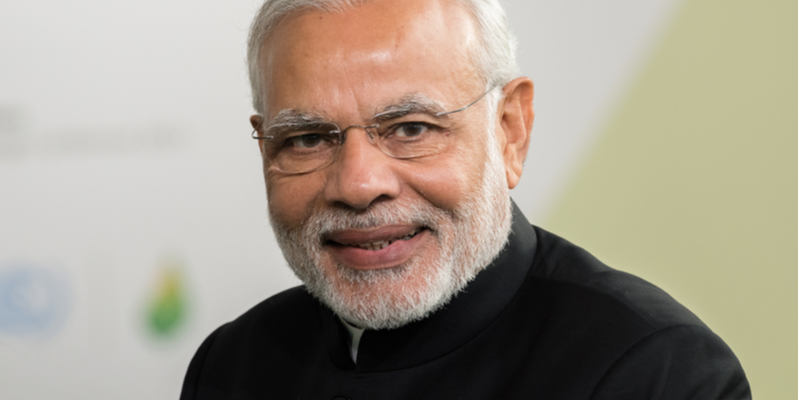Bengaluru citizens can save on monthly electricity bills with Vidyut Rakshaka
Vidyut Rakshaka not only helps Bengaluru citizens save on electricity bills but also helps them to reduce carbon footprint and increase energy efficiency.
Manufacturing electrical appliances that are more energy efficient isn’t the only way you can save electricity. Electricity consumption is largely impacted by an individual’s behavioural patterns. Though many policies and programs have been implemented to encourage people to save energy, not all were successful.

For instance, Delhi’s power demand is rising every year and is set to reach a record 6700MW, reports the Hindustan Times.
In 2015, the World Resources Institute (WRI) and Technology Informatics Design Endeavor (TIDE) initiated the Vidyut Rakshaka (VR) program, which is an easy way to enforce energy efficient behaviour.
Bengaluru has been credited with being the first city to adopt this project that began with 500 households in Malleswaram and Sarjapura, reports The Hindu.
At present, it has 2,000 citizens from areas such as Bilekahalli, Jalahalli, Bellandur, and Mahadevpura. Residents from these localities have enrolled in this initiative to understand their electricity usage and rectify inefficient consumption behaviour. Households that stuck to VR’s recommendations claim that they have saved 23 percent in their electricity consumption in two-and-a-half years.

At a session on energy efficiency at Connect Karo 2017, Executive Director of TIDE Sumathy Krishnan said,
“Vidyut Rakshaka was conceptualised to create awareness on energy efficiency and energy conservation. It gives customised and generic recommendations leading to savings in electricity consumption for participants. It also tracks consumption in defined neighbourhood in the relevant BHK category and provides comparison with ideal consumption model.”
Residents enrolled were categorised as ‘spenders’ and ‘savers’. Savers are those who followed the recommendations and saved up to 23 percent in their electricity consumption. On the other hand, spenders did not follow the recommendations and reported an increase of 34 percent in their consumption.
Initially, VR stewards used to sign up households and communities for the experiment. Then, recommendations were specifically designed with respect to each individual’s electricity consumption.
Senior Project Associate of WRI India, Sumedha Malaviya explains, “If a house has four fans that are over 10 years old and some of them run only for a few hours, we recommend buying new fans that need not have to be five-star appliances so that it works out for them.”
She added, “We have observed an average savings of 3,165 units of electricity annually for each household. This could be the savings of every participant. Our recommendations and goals are based on moving to a lower slab so that the money saved is not just a function of units saved, but a lower cost per unit as well. The performance is measured relative to the community or neighborhood’s average. Therefore, participants are aware of where they stand.”
The initiative is planning to launch a mobile app soon that will help consumers keep a check on their electricity consumption.
Do you have an interesting story to share? Please write to us at [email protected]. To stay updated with more positive news, please connect with us on Facebook and Twitter








![[Funding alert] Swiggy raises $43M more for Series I round from existing, new investors](https://images.yourstory.com/cs/2/f08163002d6c11e9aa979329348d4c3e/Swiggyimage1576503976120png)


